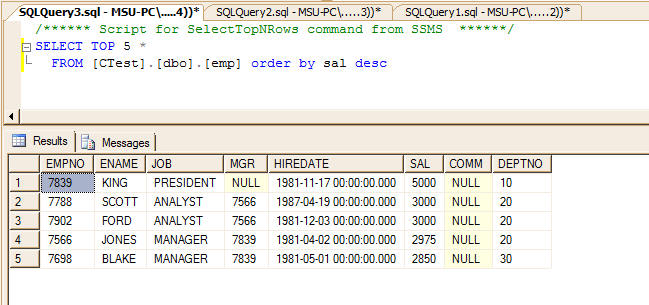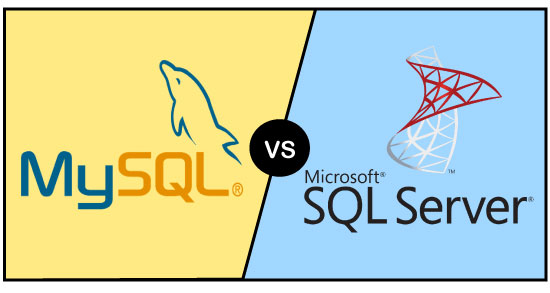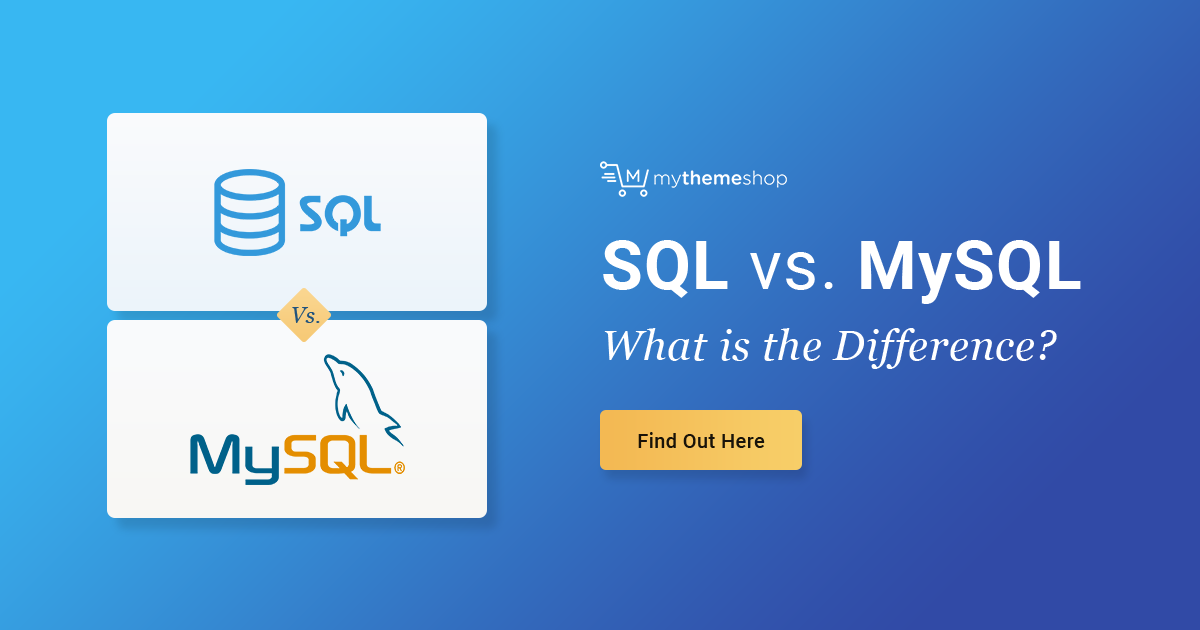

Then MySQL also allows to quote identifiers within double quotation marks.

In MySQL if you turn on ANSI_QUOTES SQL mode option with the following command ĬREATE TABLE Employees Table (Emp No VARCHAR(10),EmpName Varchar(100). ĬREATE TABLE Employees Table ( Emp No VARCHAR(10), EmpName Varchar(100). īut if the identitfier name contains blank spaces then you have to enclosed it with double quotes or square bracketsĬREATE TABLE "Employees Table" ("Emp No" VARCHAR(10),"EmpName" Varchar(100). Or without enclosing character like this.ĬREATE TABLE Employees (Empno VARCHAR(10),EmpName Varchar(100). Įnclosing identifier names in enclosing character is optional in both database softwares, but if the identifier name contains blank spaces then it becomes mandatory to enclose it within double quotes or square brackets.įor Example the following statement can be written like this ĬREATE TABLE Employees ( Empno VARCHAR(10), EmpName Varchar(100). In MSSQL the table names and column names are enclosed in double quotes or square brackets whereas in MySQL table names and column names are enclosed in backtick (“`”) characterĬREATE TABLE "Employees" ("Empno" VARCHAR(10),"EmpName" Varchar(100). The table below highlights some examples of basic differences between SQL platforms. Microsoft SQL Server has the greatest contrast in SQL syntax, as well as a wide variety of functions not available in other platforms. However, the choice between the two depends on the specific needs and budget of the project. PostgreSQL, MySQL, and SQLite use very similar syntax, with some notable differences highlighted below.
Ms sql vs mysql differences free#
Here are the differences in SQL syntax between MSSQL and MySQL Overall, MySQL is generally considered more cost-effective than SQL Server, as the Community edition is free and open-source, while the Enterprise edition is less expensive than SQL Server’s comparable editions. Although both SQL and MySQL are widely used there are some key differences between the two.SQL is a standard database query language while MySQL is an open. MySQL rules on the web and linux fronts but really lacks a lot of advanced functionality that comes with MS SQL. It is likely going to come down to personal preference though and what it is you want to build.
Ms sql vs mysql differences download#
The Management Studio that comes with MS SQL as well is also an advantage over MySQL - although there are some other ones you can download to interact with MySQL.įrom an administrative/implementation/server side in terms of extras MS SQL is going to win hands down with the rich High Availability features (edition depending) as well all the other little bits and pieces that come packaged with the system MySQL just cant compare to what comes packaged natively. MySQL comparatively is a much simpler product in terms of extra features but still manages to be a powerfull plateform especially when you compare it to access.įrom a development standpoint MS SQL is going to have a much richer version of SQL where MySQL is going to have a much more basic version of SQL. Nvarbinary allows 8000 bytes but max indicates maximum storage size of 2^31-1 bytes.Both platforms are good to learn on but it probably will come down to preference and what it is you want your database to do. \’ escape sequences in string constants should be replaced by double quote characters. Nvarchar allows 4000 characters but max indicates maximum storage size of 2^31-1 bytes. You can read more about SQL Server 2008 Date and Time Data Types in this tip. Please note that MS SQL Server cannot store zeros as month or day. SQL Server does not allow the non-standard syntax You can use the float or double data types for decimals with a precision greater than 38.

The maximum precision is 38, while the default is 18. The following tables show you the mapping of data types for data migration. This chapter describes the most important data types in MySQL and their equivalents or recommended migration targets in SQL Server. Unfortunately MySQL and MS SQL Server use slightly different data types, so you will have to do some mapping to get the correct data after the migration.


 0 kommentar(er)
0 kommentar(er)
